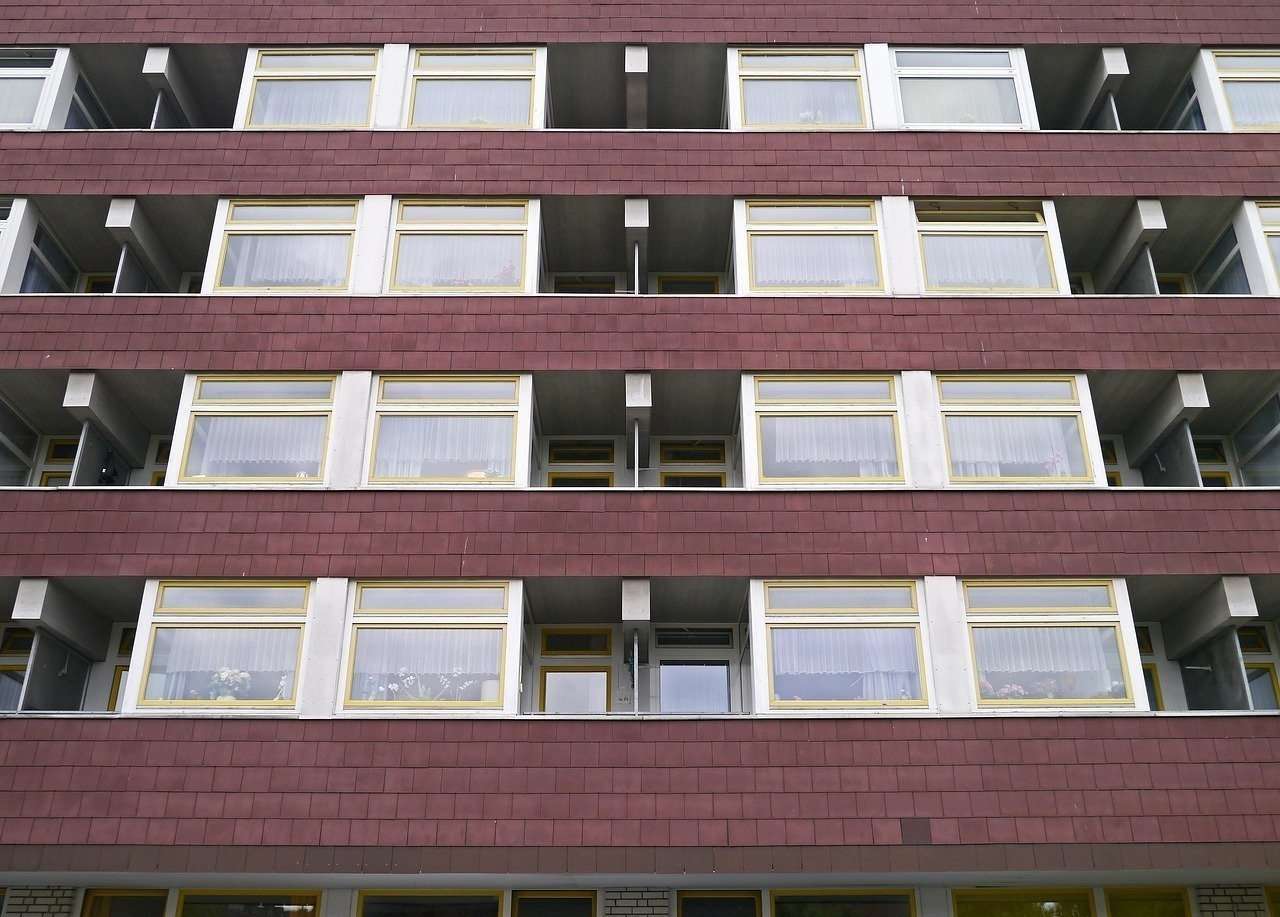1031 Exchange Rules: A Comprehensive Guide
In the world of real estate investment, savvy investors are constantly seeking strategies to maximize their returns while minimizing tax liabilities. To accomplish these objectives, the Section 1031 of the Internal Revenue Code-authorized 1031 exchange has grown in popularity. This comprehensive guide will provide an in-depth exploration of 1031 exchange rules, shedding light on the intricate details that investors must adhere to for a successful exchange. From understanding the concept of a 1031 exchange to meeting strict deadlines and utilizing qualified intermediaries, we will cover everything you need to know to make the most of this lucrative tax-saving strategy.
First, our Disclaimer: We are not licensed CPAs or attorneys. This article is not intended to provide deal-specific professional advice. This article discusses the general framework of 1031 exchanges. Anyone engaging in this tax strategy should seek professional accounting and/or legal advice.
What is a 1031 exchange?
At its core, a 1031 exchange, also known as a like-kind exchange, is a tax-deferral strategy that enables real estate investors to sell a property and reinvest the proceeds in a similar, like-kind property without recognizing any gain for tax purposes. By doing so, investors can defer the tax obligation associated with any gain, allowing them to reinvest the entire sale proceeds into a new property, ultimately increasing their purchasing power and potential for wealth accumulation.
To qualify for a 1031 exchange, both the relinquished property (the property being sold) and the replacement property (the property being acquired) must be held for investment, business, or income-producing purposes. Personal-use properties, such as primary residences or vacation homes, do not qualify for like-kind exchanges
The Benefits of a 1031 Exchange
The advantages of a 1031 exchange are multifaceted and offer real estate investors unique opportunities for growth and wealth accumulation.
Tax Deferral: One of the most powerful benefits of a 1031 exchange is the ability to defer all taxes associated with a real estate transaction. When selling an investment property, the list of taxes is overwhelming. The most popular is the federal capital gains tax, usually 20%. But this is only the beginning of the list. If the property is located in (or the seller resides in) a state with income taxes, the transaction is also subject to state income taxes; the average state rate is 7.5%. The IRS assumes you have a good accountant who depreciated the property. Most of us do, but even if you did not, the IRS assumes you did and levies a 25% depreciation recapture tax on the amount you deducted (or should have deducted) for depreciation. In addition to these taxes, the IRS also levies a net investment income tax (NIIT) of 3.8% on your profit. Depending on where you live and how long you have owned the property, these taxes can exceed 30% of your sales proceeds. By engaging in a 1031 exchange, investors can defer these taxes, allowing the capital that otherwise would go to state and federal governments to reinvest the full proceeds into a replacement property, thereby maximizing their investment potential.
Increased Purchasing Power: With taxes deferred, investors have access to a larger pool of funds to invest in higher-value replacement properties—properties that better fit the investor’s values and portfolio goals. This increased purchasing power enables investors to upgrade their portfolio, acquire properties with higher income potential, or diversify their holdings to align with their long-term investment objectives.
Portfolio Diversification: 1031 exchanges offer investors an opportunity to diversify their real estate holdings without incurring immediate tax liabilities. This flexibility allows investors to adapt their portfolio to market conditions, economic trends, and changing investment strategies, all while maintaining tax-deferred status.
Wealth Accumulation: By deferring capital gains taxes, investors can compound their investment returns over time, accelerating wealth accumulation and financial growth. As the real estate market appreciates and property values increase, investors can harness the power of compounding to achieve substantial long-term gains.
Understanding 1031 Exchange Rules
To ensure a successful 1031 exchange, investors must adhere to a set of rules and guidelines established by the Internal Revenue Service (IRS). These rules cover various aspects of the exchange, from identification periods to the use of qualified intermediaries:
Like-Kind Property Requirement
One fundamental rule of a 1031 exchange is the requirement that both the relinquished and replacement properties must be of “like-kind.” While the term “like-kind” may sound restrictive, it is relatively broad when applied to real estate. Essentially, any type of real estate used for business, trade, or investment purposes can qualify as like-kind to another. For example, an investor can exchange a residential rental property for a commercial office building or an industrial warehouse for a retail shopping center. The like-kind requirement does not focus on the specific type of property but rather the nature or character of the investment. As long as both properties are held for investment purposes, they generally qualify for a 1031 exchange.
Using a Qualified Intermediary (QI)
A Qualified Intermediary (QI) is a critical player in facilitating a 1031 exchange. As a neutral third-party entity, the QI serves as the intermediary between the buyer of the relinquished property and the seller of the replacement property. The QI’s primary role is to receive the sale proceeds from the relinquished property and hold them in escrow until they are used to acquire the replacement property. Using a QI is mandatory in a 1031 exchange to avoid disqualification of the exchange due to constructive receipt of funds. If the investor were to directly receive the sale proceeds, the IRS would view this as taxable income, disqualifying the exchange. The QI ensures that the exchange is strictly on a like-kind basis and adheres to all 1031 exchange rules.
The first step in a 1031 exchange should be to select your QI. This must be done before you close the transaction on the relinquished property. When selecting a QI, it is essential to choose a reputable and experienced entity with a thorough understanding of the exchange process. The QI should be a qualified intermediary who has no personal relationship with the investor to maintain impartiality.
Identification Period
The IRS imposes a strict timeline for identifying potential replacement properties after selling the relinquished property. Known as the identification period, this timeframe lasts for 45 calendar days, commencing on the date the relinquished property was closed.
During the identification period, investors must identify the replacement properties they intend to acquire. There are two popular identification rules most investors choose from:
a) Three-Property Rule: Investors can identify up to three potential replacement properties, regardless of their value. This allows for more flexibility in finding suitable replacements.
b) 200% Rule: Investors can identify any number of potential replacement properties, but the total value of all identified properties cannot exceed 200% of the relinquished property’s sale price. This rule offers investors more options while maintaining a degree of fairness in the exchange process.
180-Day Exchange Period
Beyond the identification period, investors must complete the 1031 exchange by acquiring the replacement property within 180 calendar days of selling the relinquished property. The 180-day exchange period begins on the date of the relinquished property sale and ends when the replacement property is acquired.
It is essential to note that the 180-day exchange period includes the 45-day identification period. Therefore, investors must act decisively during the identification period to identify suitable replacement properties and move forward with the acquisition process.
One-Property Rule
While investors can identify multiple replacement properties during the identification period, they must ultimately close on one or more of the identified properties to complete the exchange successfully. This rule is known as the one-property rule. Investors can choose one of the identified replacement properties or purchase multiple identified properties, as long as the total value of the acquired properties is equal to or greater than the relinquished property’s sale price.
Holding Period
To qualify for a 1031 exchange, both the relinquished and replacement properties must be held for investment, business, or income-producing purposes. The IRS requires that the investor’s intent for both properties be for long-term investment rather than short-term speculation or personal use.
The holding period plays a critical role in demonstrating the investor’s intent to qualify for the tax-deferred benefits of the 1031 exchange. While there is no specific holding period requirement set by the IRS, investors are advised to hold both the relinquished and replacement properties for a reasonable period to substantiate their intent.
By deferring capital gains taxes and unlocking the potential for increased purchasing power, portfolio diversification, and wealth accumulation, a 1031 exchange empowers investors to make strategic real estate decisions with long-term benefits in mind.
Tips for a Smooth 1031 Exchange
Navigating the rules of a 1031 exchange can be complex, but with careful planning and expert guidance, investors can execute a successful exchange. Here are some essential tips to make the process as smooth as possible:
Plan Ahead: Planning is the cornerstone of a successful 10-31 exchange. Begin considering the exchange long before selling the relinquished property to ensure ample time for property identification and replacement property research.
Consult with professionals: Engage with experienced tax advisors, real estate attorneys, and qualified intermediaries early in the process. Their expertise will help you navigate the rules and ensure compliance with IRS regulations.
Identify Replacement Properties Wisely: During the 45-day identification period, carefully consider potential replacement properties and their feasibility. Be mindful of the specific rules governing the number of properties that can be identified to avoid disqualification.
Choose a Reliable Qualified Intermediary: The Qualified Intermediary is a crucial component of the 1031 exchange process. Selecting a reputable and experienced QI will facilitate a seamless and efficient exchange.
Consider Replacement Property Financing: Ensure that you have access to the necessary funds to acquire the replacement property within the 180-day exchange period. Explore financing options in advance to avoid delays or missed opportunities.If you sell a property for $2 million with $1 million of debt that gets paid off at closing, you must still exchange that property for a property that costs at least $2 million. In the current market, many investors are not prepared for the cost and difficulty of getting replacement financing.
Document Your Intent: Maintain clear documentation of your intent to hold the properties for investment or business purposes. This documentation will be crucial in substantiating your qualification for the 1031 exchange.
Common Pitfalls to Avoid
While a 1031 exchange can be a game-changing tax strategy, there are common pitfalls that investors must avoid to ensure a successful exchange:
Failing to Use a Qualified Intermediary: Attempting to handle the exchange funds directly or using an unqualified intermediary can lead to constructive receipt of the proceeds, disqualifying the exchange. This is an unforgivable sin. Once you take constructive receipt of the funds, your exchange is disqualified. Engage a QI while your relinquished property is under contract.
Missing Deadlines: Strict adherence to the 45-day identification period and the 180-day exchange period is essential. Missing these deadlines can lead to the disqualification of the exchange and tax liability.
Inadequate Replacement Property Research: Rushing through the identification process without thorough research on potential replacement properties may lead to unsuitable investments. Many exchangers begin searching for their replacement property before they even put the relinquished property on the market.
Non-Like-Kind Property Exchange: Failure to invest in a property that qualifies as like-kind can disqualify the exchange and trigger capital gains taxes. You cannot sell a rental property and buy a vacation home. If the replacement property is used for personal purposes, it will not qualify for the 1031 exchange, resulting in tax liability.
Forgetting to Account for Closing Costs: Make sure to account for any closing costs, including title fees and brokerage commissions, to avoid potential boot, which could result in partial taxation.
Conclusion
The 1031 exchange offers real estate investors a powerful tool for deferring capital gains taxes and maximizing investment potential. However, successful execution requires a thorough understanding of 1031 exchange rules, strict adherence to deadlines, and the use of a qualified intermediary. By deferring taxes, increasing purchasing power, and diversifying portfolios, investors can leverage the 1031 exchange to build long-term wealth and achieve their financial goals.










